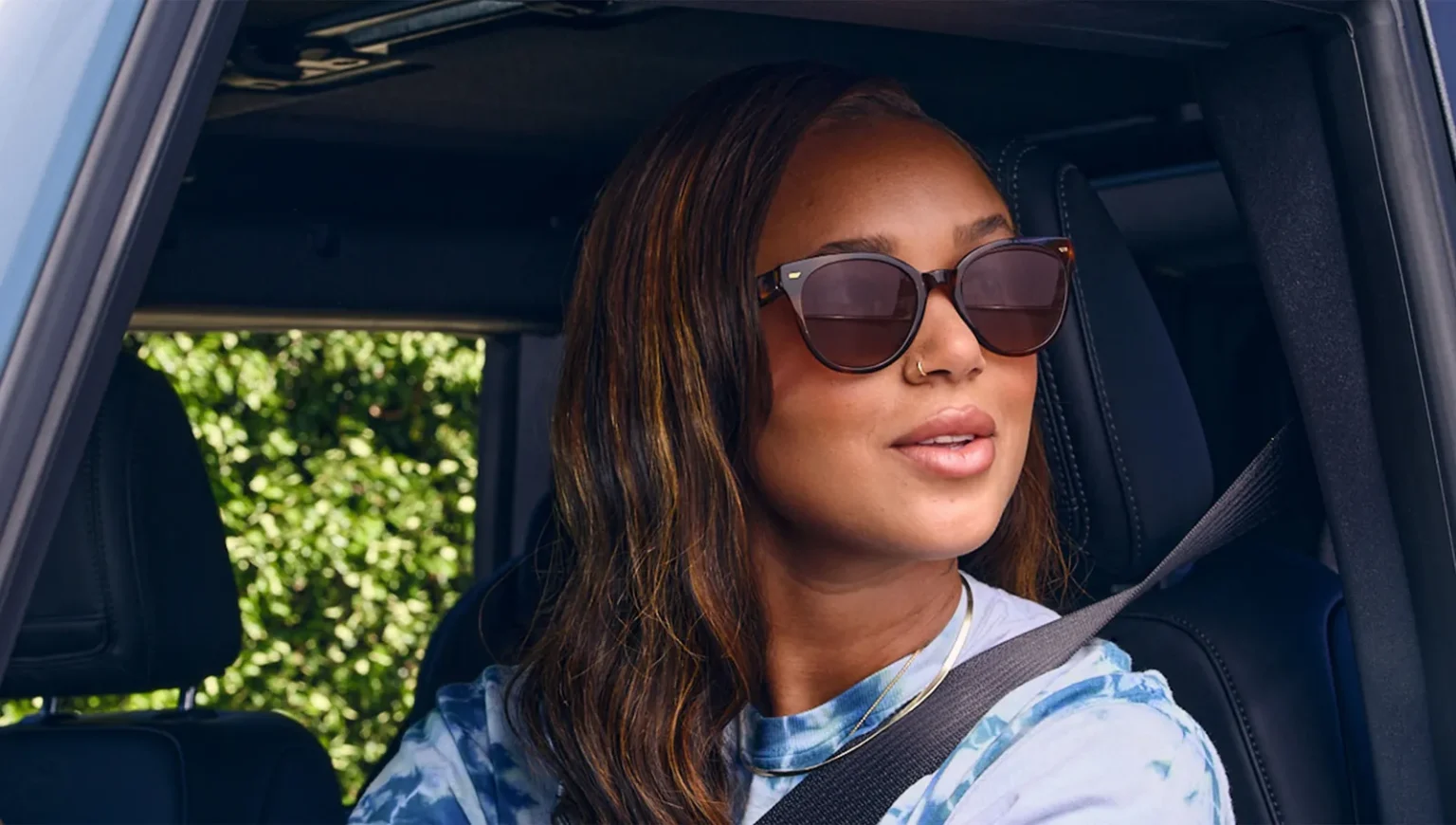Amazon trials smart glasses for delivery drivers, hoping to transform last-mile logistics and improve e-commerce efficiency and retail customer experience.
Leading tech giant Amazon has developed navigation eyewear for drivers, as shipping costs reach US$23.5bn.
Facing increased e-commerce competition, the cloud computing corporation is allegedly developing smart glasses for delivery drivers to reduce costs in final-mile logistics operations.
The project, codenamed “Amelia”, is reportedly designed to integrate turn-by-turn navigation into wearable technology based on Amazon’s Echo Frames platform. Echo Frames are the company’s existing smart glasses product that incorporates Alexa voice assistant functionality.
The final stage of package delivery remains a resource-intensive component of logistics operations. This development from Amazon comes as e-commerce companies are seeking new and improved ways to reduce delivery costs, whilst maintaining service levels.
The new eyewear technology could target improvements to efficiency within the e-commerce sector.
Advancing delivery navigation systems
The glasses by Amazon will display navigation instructions on an embedded screen, guiding drivers through external and internal building routes. The system also includes functionality to photograph delivered packages, which will provide proof of delivery without requiring additional equipment.
The technology builds on Amazon’s experience with Echo Frames, which currently offers voice command capabilities and audio notifications. By eliminating handheld GPS devices, the glasses could increase the volume of packages drivers can carry.
Battery performance also remains a central technical challenge, with development teams working to achieve eight-hour operational capability while maintaining comfortable weight specifications. The project requires extensive mapping data of residential areas, including detailed information about building entrances and access routes.
The reported navigation system would also aim to guide drivers through the final stages of delivery, including directions around obstacles such as gates. Such specific technology could reduce delivery times by providing precise routing information to drivers, including guidance from elevators to specific delivery points.
Amazon’s logistics innovation strategy
Amazon’s shipping expenses increased by 8% to reach US$23.5bn in the third quarter of 2024, highlighting the immense cost pressures in delivery operations. The company faces competition from Walmart, the US retail corporation, which has continued to expand its e-commerce delivery network.
The new glasses could form part of Amazon’s vertical integration strategy in logistics, which includes the operation of aircraft, trucks and local distribution centres.
Such a development could also aim to reduce reliance on external delivery providers. It reflects the current state of the industry, as e-commerce companies invest in technology to control delivery costs.
Likewise, the focus on last-mile efficiency has intensified as delivery volumes continue to grow across the sector.
KEY FEATURES OF AMAZON’S SMART EYEGLASSES:
- Turn-by-turn navigation on a small embedded screen
- Indoor and outdoor guidance, including within buildings
- Real-time directions to navigate around obstacles (e.g., gates, dogs)
- Hands-free operation for increased package-carrying capacity
- Package delivery photo capture for proof of delivery
- Integration with Amazon’s existing Echo Frames technology
- Voice command capabilities through Alexa
- Potential for audio content and notification delivery
Sources familiar with the Amazon project indicate the glasses could face delays or cancellation if performance targets are not met. The implementation timeline remains undefined, with multiple years potentially required for development.
Amazon glasses would also require comprehensive data collection for each delivery location, including houses, sidewalks, streets, curbs and driveways. This extensive mapping process could extend the development phase significantly.
The company must also address potential concerns about driver comfort and safety when wearing the devices throughout delivery shifts. The technology will need to function effectively in various weather conditions and lighting environments.
“We are continuously innovating to create an even safer and better delivery experience for drivers,” an Amazon spokesperson tells Reuters, adding: “We otherwise don’t comment on our product roadmap.”



